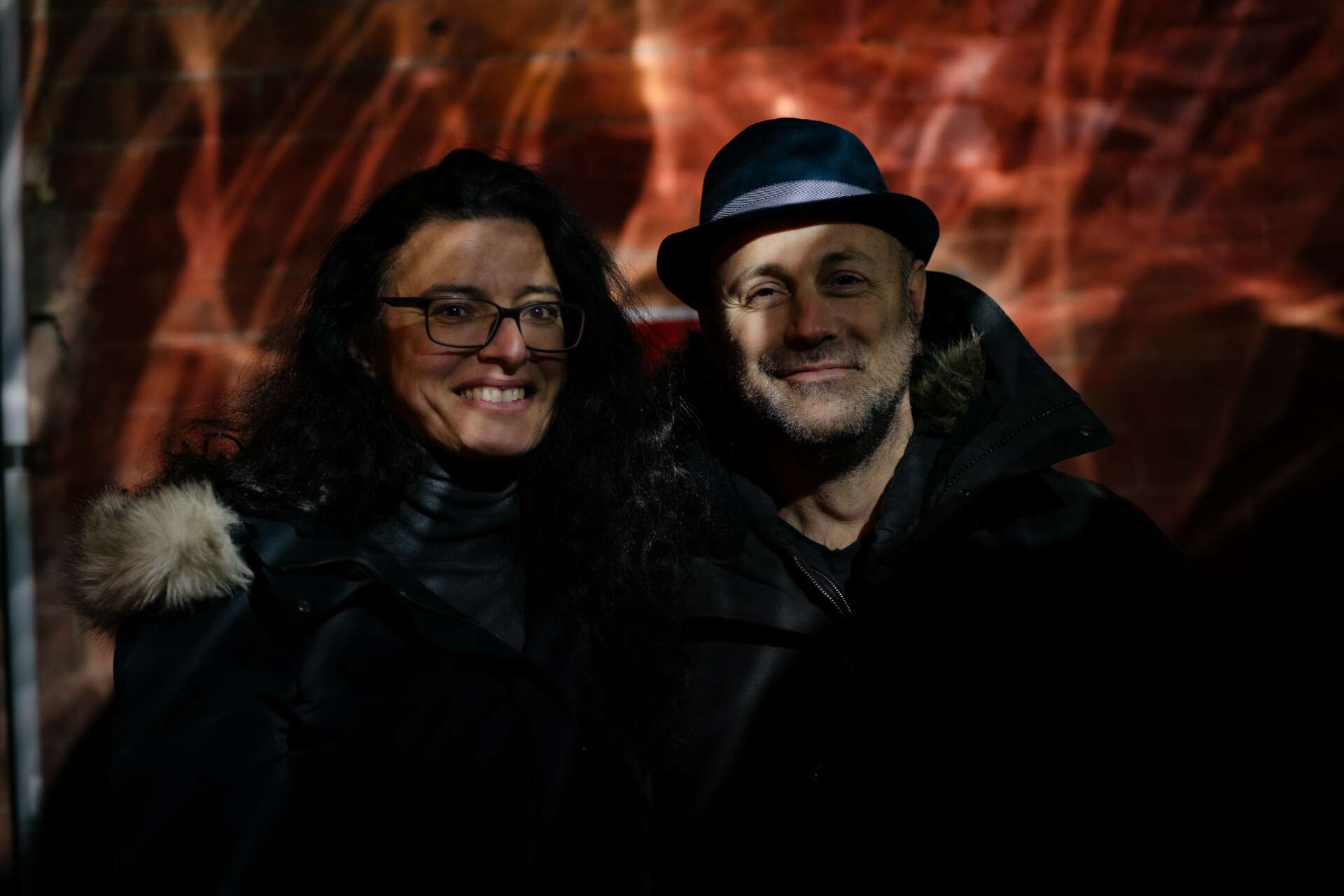We caught up with the brilliant and insightful Avner Ben-Natan a few weeks ago and have shared our conversation below.
Hi Avner, thanks for joining us today. One of the things we most admire about small businesses is their ability to diverge from the corporate/industry standard. Is there something that you or your brand do that differs from the industry standard? We’d love to hear about it as well as any stories you might have that illustrate how or why this difference matters.
We design, manufacture, sell and fulfill in-house. This gives us a lot of control over the design, process, and quality.
We wouldn’t have been able to do so without online channels like Etsy, Houzz, Wescover… that allow us to make most of our sales directly to costumers and interior designers.
We make our own ceramic molds, custom order metal leafs for our Iris line and manage to maintain an artisan lighting design studio that make unique products in small batches.

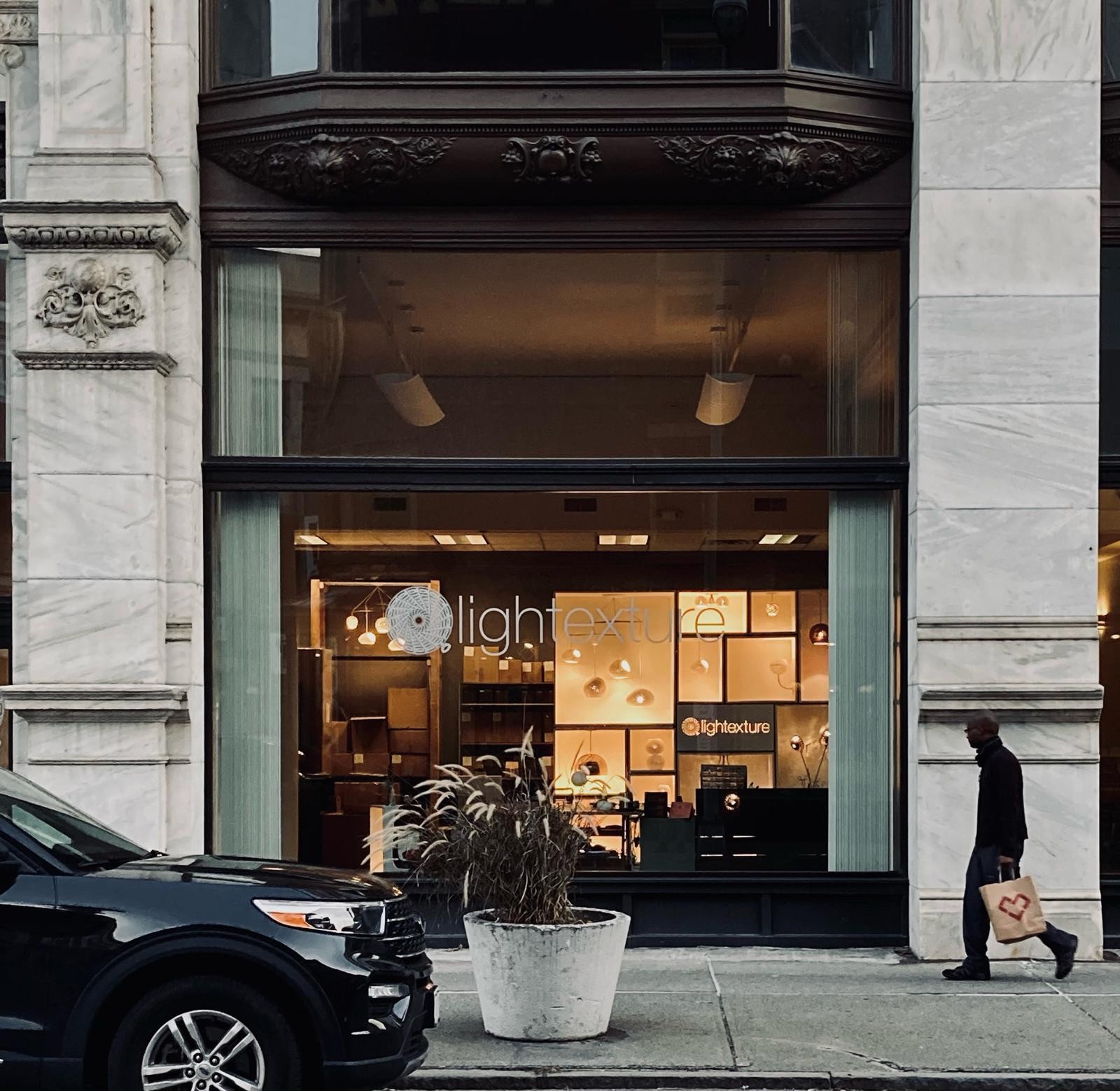
Avner, before we move on to more of these sorts of questions, can you take some time to bring our readers up to speed on you and what you do?
We are two partners that combines two disciplines, One is a lighting designer with a background in film work and the other is an architect. We try to make unique and practical lighting fixtures that focus on the light created by the fixture as well as the fixture design and looks.
We make it possible to make a well lit home and that can sets the whole atmosphere of a living space.
At the moment I am most proud of the light art work we make using warped and embossed moving reflectors and we are developing these as home lighting fixtures.
We make artisan lighting fixtures using ceramic and metal shades, both are elegant, sustainable materials. The ceramics are hand made and the metal Iris fixtures have a double sided adjustable aperture mechanism that we developed inspired by the adjustable vegetable steamer.
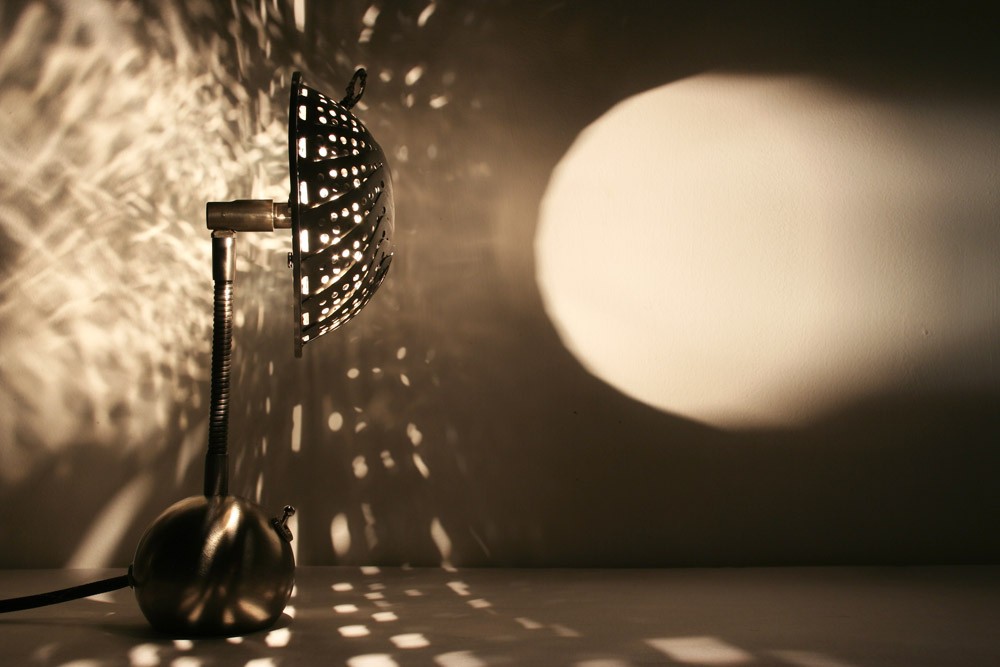

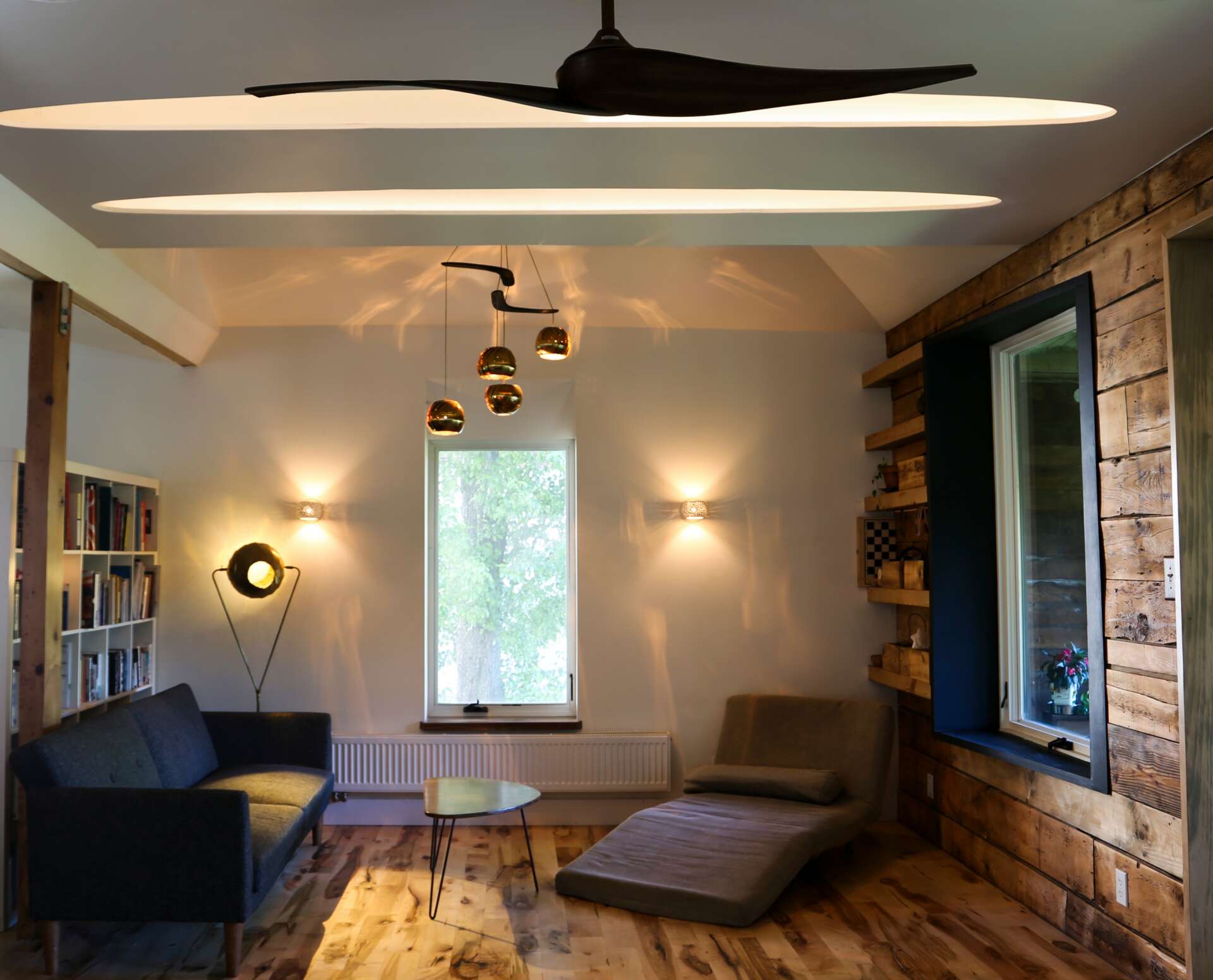
Can you talk to us about manufacturing? How’d you figure it all out? We’d love to hear the story.
We started by making lamps out of vegetable steamers. We didn’t know how to manufacture and started building prototypes. Designing them as we build them and learning how to construct them while building. We did it all is-house, designed a line of vegetable steamer lamps and started selling them. We looked at finding manufacturers and companies that would buy the idea or cooperate with us but nothing really worked so we kept on building the products ourselves and selling them as hand-made work.
There’s a lot we have learned about manufacturing. The design and the sequence of building are all part of the same concept. What’s really important is to perfect the design and make it better with every batch, solving problems as they occur. It’s like a recipe and it helps to write it down, draw it and amend it when needed so that new and old workers can look at the recipe and follow it.
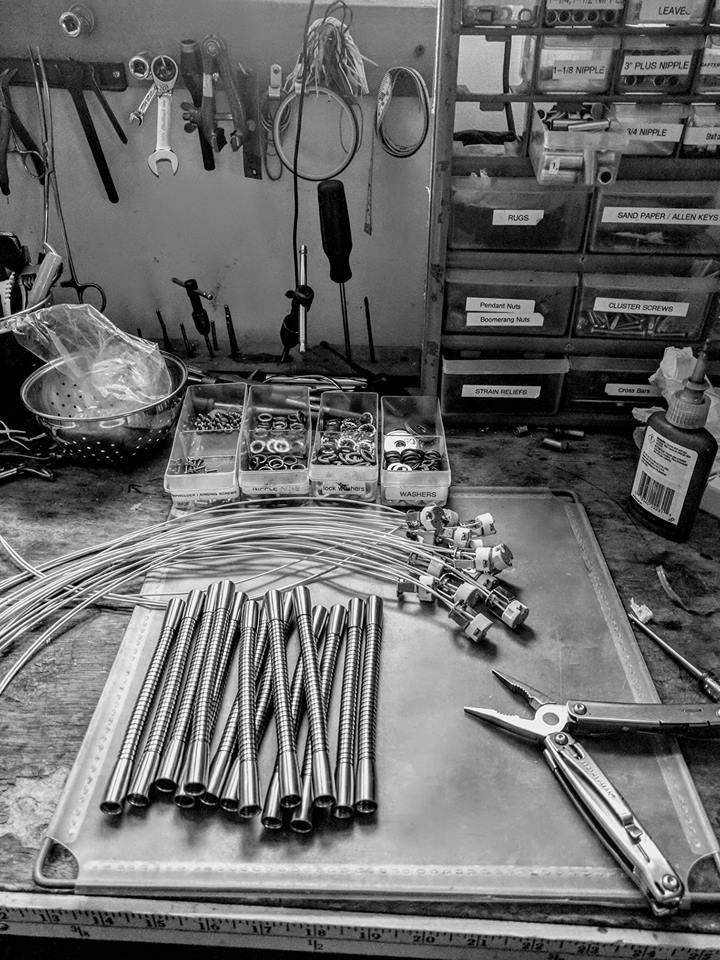
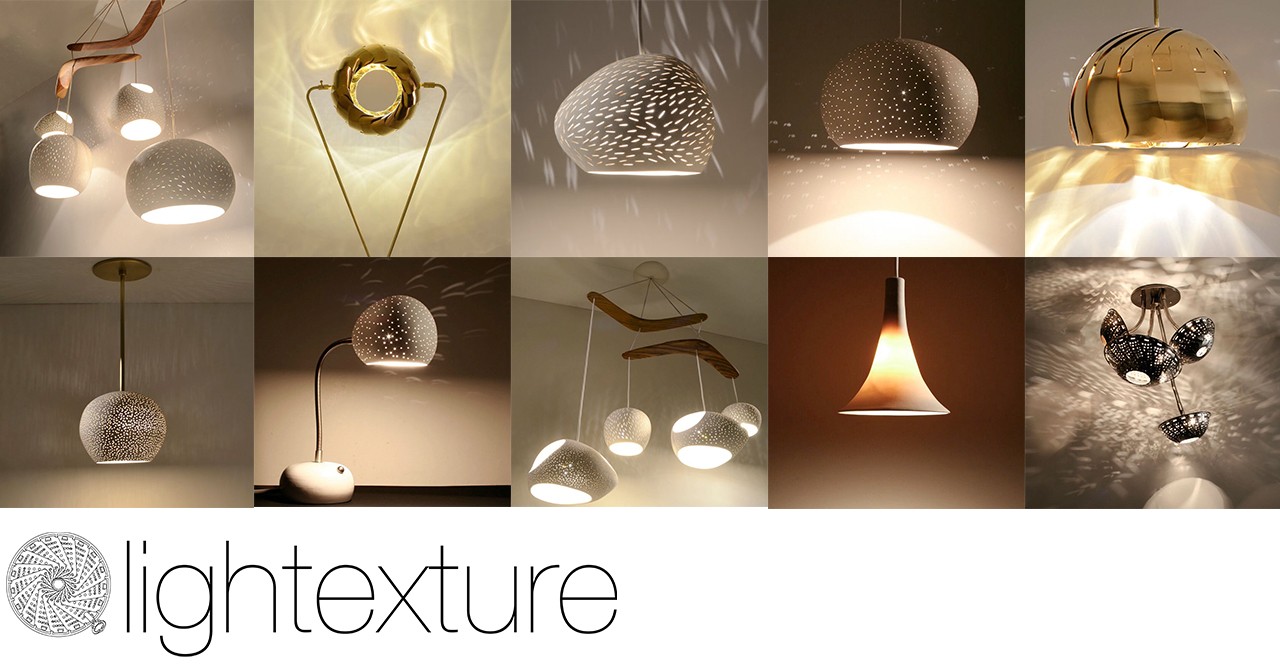
How did you put together the initial capital you needed to start your business?
We had some personal savings when we started but not a lot. We didn’t take any loans but kept on investing the revenue in the business, slowly being able to pay ourselves back for the investment and then paying ourselves a modest salary while allowing some of the revenue to stay in the business and fund our growth and research.
Contact Info:
- Website: www.lightexture.com
- Instagram: https://www.instagram.com/lightexture/
- Facebook: https://www.facebook.com/profile.php?id=100063443275393
Image Credits
Joe Fazioli for headshots with blue hat Avner Ben-Natan for all other pics


